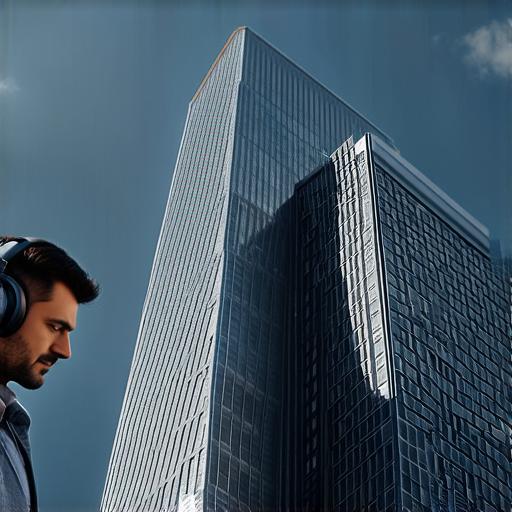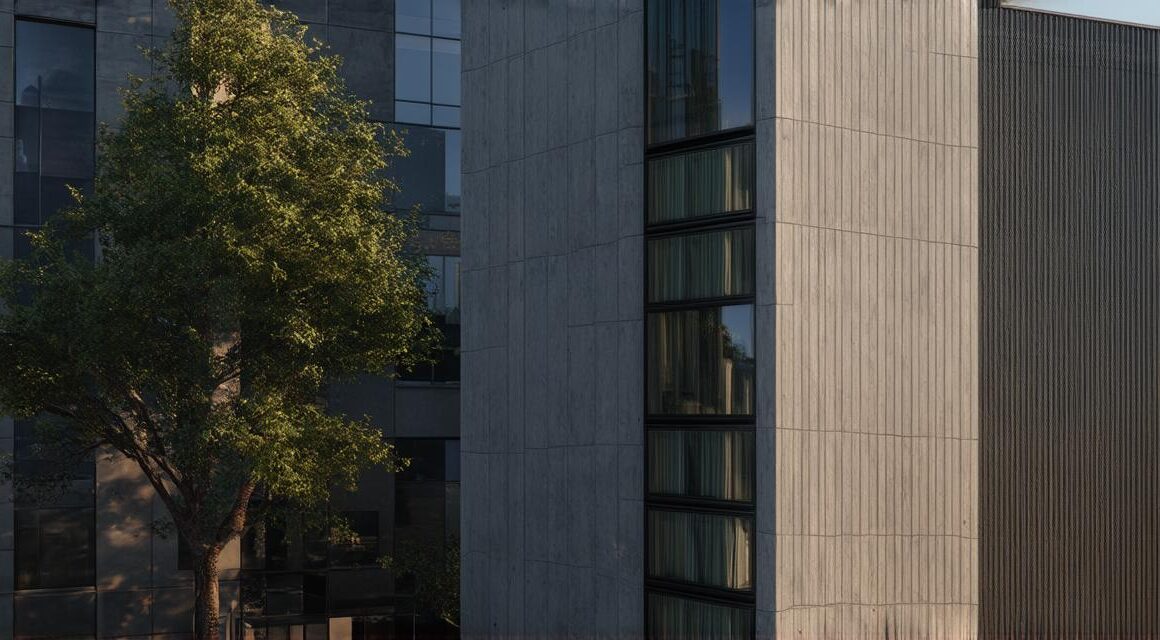
Introduction:
As a Unity 3D developer, you understand the importance of creating realistic and engaging games that captivate your audience. One way to achieve this is by incorporating 3D models of buildings into your game. These models not only add a level of detail and immersion but also provide a sense of scale and context to the game world. In this article, we will explore how to create and integrate 3D models of buildings into your Unity projects for maximum impact and realism.
Why Use 3D Models of Buildings in Unity?
Before diving into the details of creating and integrating 3D models of buildings, it’s important to understand why these models are essential for enhancing your game’s realism. Here are some key reasons:
- Realistic Scale: Building models provide a realistic scale to the game world, allowing players to get a sense of the size and proportion of objects in the environment. This can help create a more immersive experience, as players will feel like they are actually inhabiting the game world.
- Contextual Cues: Buildings also provide contextual cues that help players understand their surroundings. For example, a building with an office sign on it might indicate that there is an office in the game world, while a residential building might suggest that there are people living in that area.
- Detailed Environments: Building models can add a level of detail to the environment, making it feel more realistic and lived-in. For example, adding windows, doors, and other architectural features to a building model can make it look like a real structure, rather than just a simple box.
Creating 3D Models of Buildings in Unity:
Now that we understand why 3D models of buildings are important for enhancing your game’s realism, let’s explore how to create these models in Unity. There are several tools and techniques you can use, depending on your level of experience and the complexity of the building you want to create. Here are some options:
- Blender: Blender is a powerful 3D modeling software that is widely used by game developers for creating 3D assets. It offers a wide range of tools for modeling buildings, including mesh primitives, extrusions, and subdivisions. You can also use Blender to add textures, materials, and lighting to your building models.
- Unity Asset Store: The Unity Asset Store is a marketplace for 3D assets that you can use in your games. There are many pre-made building models available on the asset store that you can import into Unity and customize as needed. These models come with various textures, materials, and lighting setups that you can use to enhance their realism.
- Custom Building Tools: If you have a specific design in mind for your building model or if you want to create a unique look, you may need to use custom building tools. There are many software options available for this, such as AutoCAD, SketchUp, and Revit. These tools allow you to create 3D models with precision and detail, but they may require more advanced skills than Blender or the Unity Asset Store.
Integrating 3D Models of Buildings into Your Game:
Once you have created your building model in Unity, it’s time to integrate it into your game. Here are some steps you can follow to do this effectively:
- Positioning: The first step is to position the building model correctly in your scene. You will need to adjust its scale and rotation to match the environment it is in. For example, if you have a residential building on a street corner, you will need to position the building so that it looks like it belongs on that particular spot.
- Texturing: Once your building model is positioned correctly, you can add textures to it to enhance its realism.



